Place of persecution: at the outset of the Nazi regime, the police headquarters building, inaugurated in 1903, housed not only the Kripo [abbreviation of ‘Kriminalpolizei’, the Criminal Investigation Department] but also the Hanover Gestapo [abbreviation of ‘Geheime Staatspolizei’, the Secret State Police]. Opponents of the Nazi regime as well as those persecuted because of their race were locked up in the adjoining police prison. This cell block has been preserved virtually in its original state.
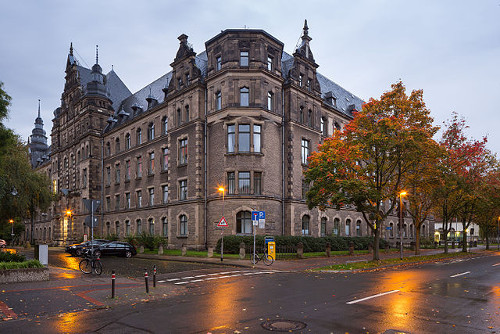
Re-founding of the Gestapo
A few days after transfer of power to the National Socialists at the end of January 1933, the Social Democratic police president of Hanover is obliged to vacate his office to make way for SA Captain Viktor Lutze [SA is the abbreviation of ‘Sturmabteilung’, literally ‘Storm Detachment’, the Nazis’ paramilitary wing, known as ‘Brownshirts’]. From the end of April in this year, this large building becomes home to an office of the newly created Berlin Gestapo. As the central office, it is responsible for the administrative districts of Hanover and Hildesheim, which covers a wide area stretching from Göttingen to Nienburg an der Weser.
In the period that the Nazi dictatorship is strengthening its grip, acts of violence by the Gestapo are primarily directed towards political opponents: communists, social democrats, trade unionists. One of many examples: on 5 November 1933 Kurt Willkomm, former member of the KPD [Kommunistische Partei Deutschlands, i.e. German Communist Party] regional leadership in Hanover, is arrested. Eleven days after he is detained, he dies as an inmate after being mistreated by Gestapo officials.
The Gestapo has independent authority to detain and interrogate prisoners and commit them for “protective custody” to concentration camps, without there being any right to appeal. It has its own ‘Work and Education Camps’ [“Arbeitserziehungslager”], in which it also carries out death sentences.
Expansion of activities
Gradually, the activities of the Gestapo are expanded to include groups that are to be excluded from the “Volksgemeinschaft” [the Nazi notion of a racial community], which means primarily the persecution of German Jews. After the Night of Pogroms in 1938, they transport 30,000 Jewish men across Germany to concentration camps. During the war the Gestapo’s main task shifts to supervising foreign forced labourers. Some tens of thousands had been brought to Hanover.
Since 1936, the Gestapo central office has been operating in a dedicated building in Südstadt, the area of Hanover to the south of the city centre, however it continues to use the prison in the police headquarters: in December 1936, a follower of the banned Jehovah’s Witnesses, Adam Sewenig, is arrested in the police prison and badly tortured whilst in detention. He survives but loses his sanity and later becomes a victim of Nazi medical murders. These prisons constantly overflow, therefore in 1944 the Gestapo establishes its own “substitute police prison” in the grounds of the Israelite School of Horticulture at Ahlem.
Merger
The lines between the political police (Gestapo) and the criminal police (Kripo) become increasingly blurred. The Gestapo and the Kripo are merged to form the Sipo (the Sicherheitspolizei, i.e. Security Police). In 1939, the Security Police is amalgamated with the Security Service [‘Sicherheitsdienst’ abbreviated to SD], an intelligence branch of the SS, which in turn was part of the Nazi Party. This now comes under the authority of Heinrich Himmler, in his capacity as “Reichsführer SS and head of the German Police”.
After the invasion of the Soviet Union 1941, both the Gestapo and Kripo are involved in equal measure in the racial and ideological war. Their officials operate in police battalions and as task forces [“Einsatzgruppen”] in the war of annihilation against the Jewish civilian population. Police Battalion 111 based in Hanover is significantly involved in war crimes.
“Gypsy head office”
Already in the period of the German Empire and the Weimar Republic, responsibility for monitoring the Sinti and Roma lay in the domain of the Kripo. The Nazi state changes nothing in this respect. It is the Kripo too rather than the Gestapo that in Hanover organise deportations to the extermination camps of Eastern Europe. Felix Linnemann is president of the German Football Association [Deutscher Fussball-Bund, abbreviated to DFB] from 1925 to 1945. However, from autumn 1939, he is also head of the Kripo central office in Hanover and as such has regional responsibility for registering the Sinti and Roma.
In July 1942, the boxer Johann “Rukeli” Trollmann is arrested at his parents’ home in Tiefental (now called Johann-Trollmann-Weg). When his brothers see him again at the police headquarters, he has been so badly mistreated they barely recognise him. At the end of October 1942, the Sinto is transferred to Neuengamme concentration camp and later murdered in Wittenberge subcamp.
An information panel erected by the Culture of Remembrance tells the story of the history of the building in Hardenbergstrasse.
Weitere Informationen online
zukunft-braucht-erinnerung The German police under National Socialism [in German]
Hans-Dieter Schmid “Civil” execution of a Gestapo officer and other articles in: 75 days of violence, murder, liberation. The end of the war in Lower Saxony [in German]
Wikipedia entry Police bataillon 111 [in German]
bpb „Nicht durch formale Schranken gehemmt“. Die deutsche Polizei im Nationalsozialismus [in German] PDF
bpb Nazi Persecution of “Gypsies” and ” Restitution” after 1945 [in German]
Culture of Remembrance Downloadable information and memorial panels [in German]
Further reading: Click here
Texts and images: Michael Pechel

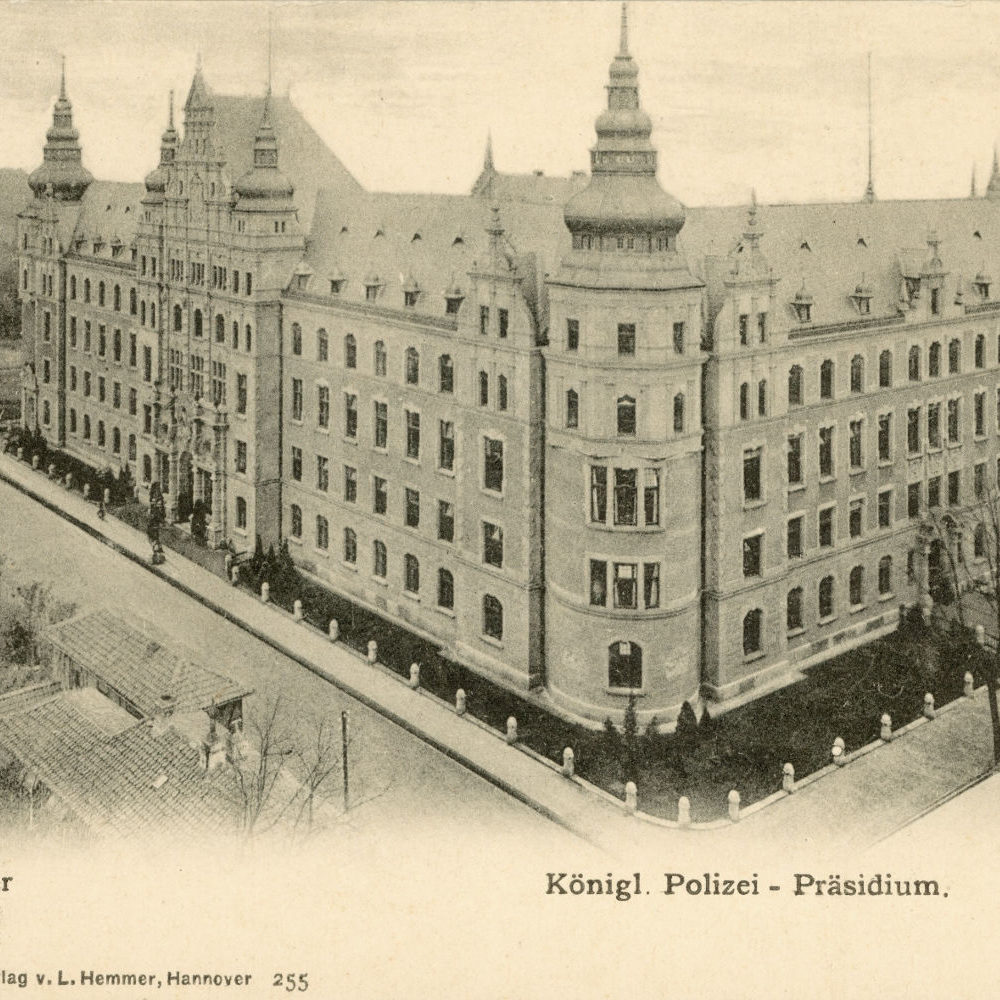
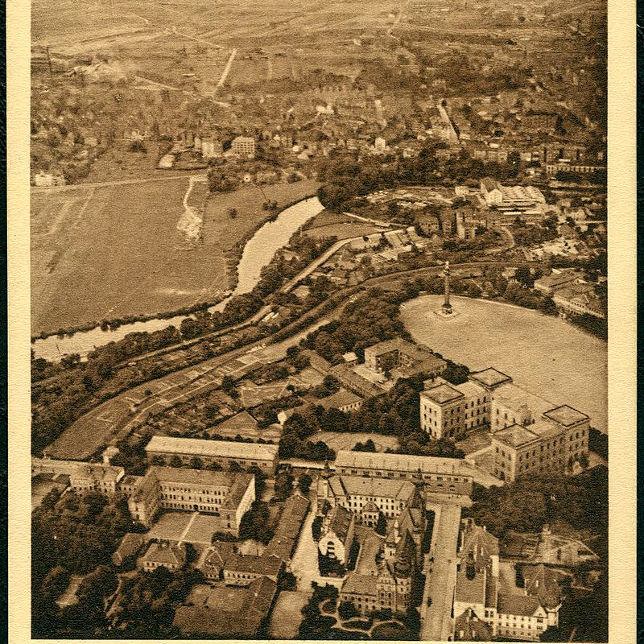
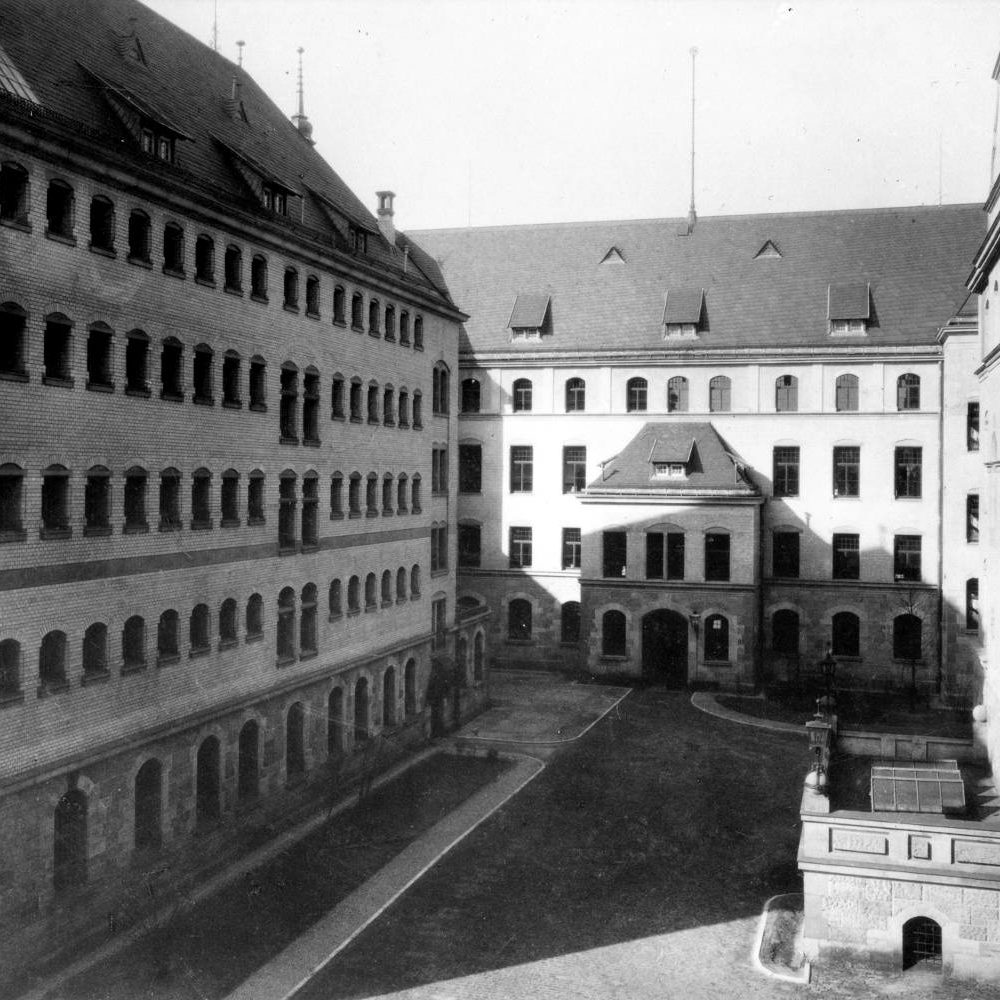
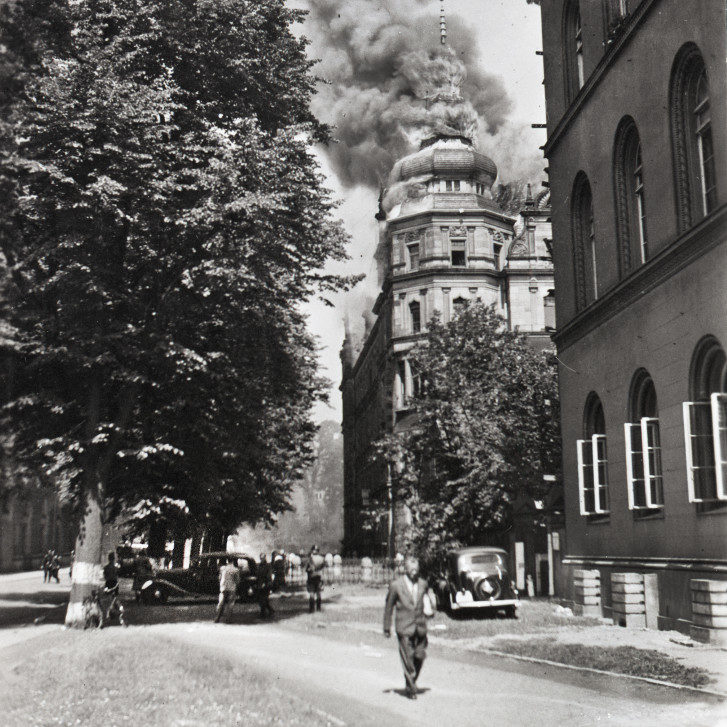
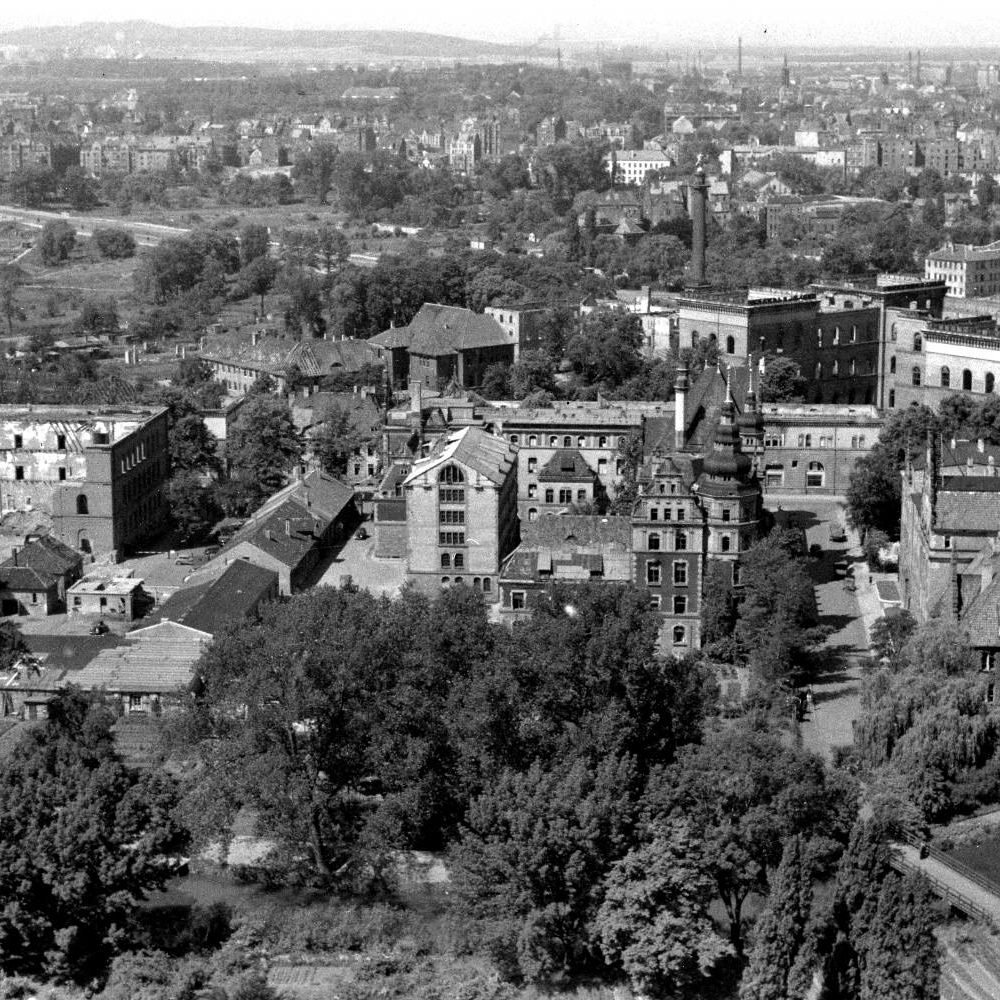
![Hanover: Stolperstein laid in 2008 in front of the house at Lister Meile 83 for KPD [Communist Party of Germany] member and editor of the Neue Arbeiter Zeitung [New Workers’ Newspaper] Kurt Willkomm. Photo by Bernd Schwabe in Hanover, 2013. Wikimedia Commons](https://zukunft-heisst-erinnern.de/wp-content/uploads/2020/03/polizeipräsidium_7-1000x1000.jpg)
![Hanover: Poster for the collaborative event "Criminal police officer and DFB [German Football Association] president and the genocide of the Sinti and Roma" at the HDI Arena, 2019. The photograph shows Reich and later Federal German coach Sepp Herberger (left) and Felix Linnemann (right, with beard).](https://zukunft-heisst-erinnern.de/wp-content/uploads/2020/03/polizeipräsidium_8-729x729.jpg)